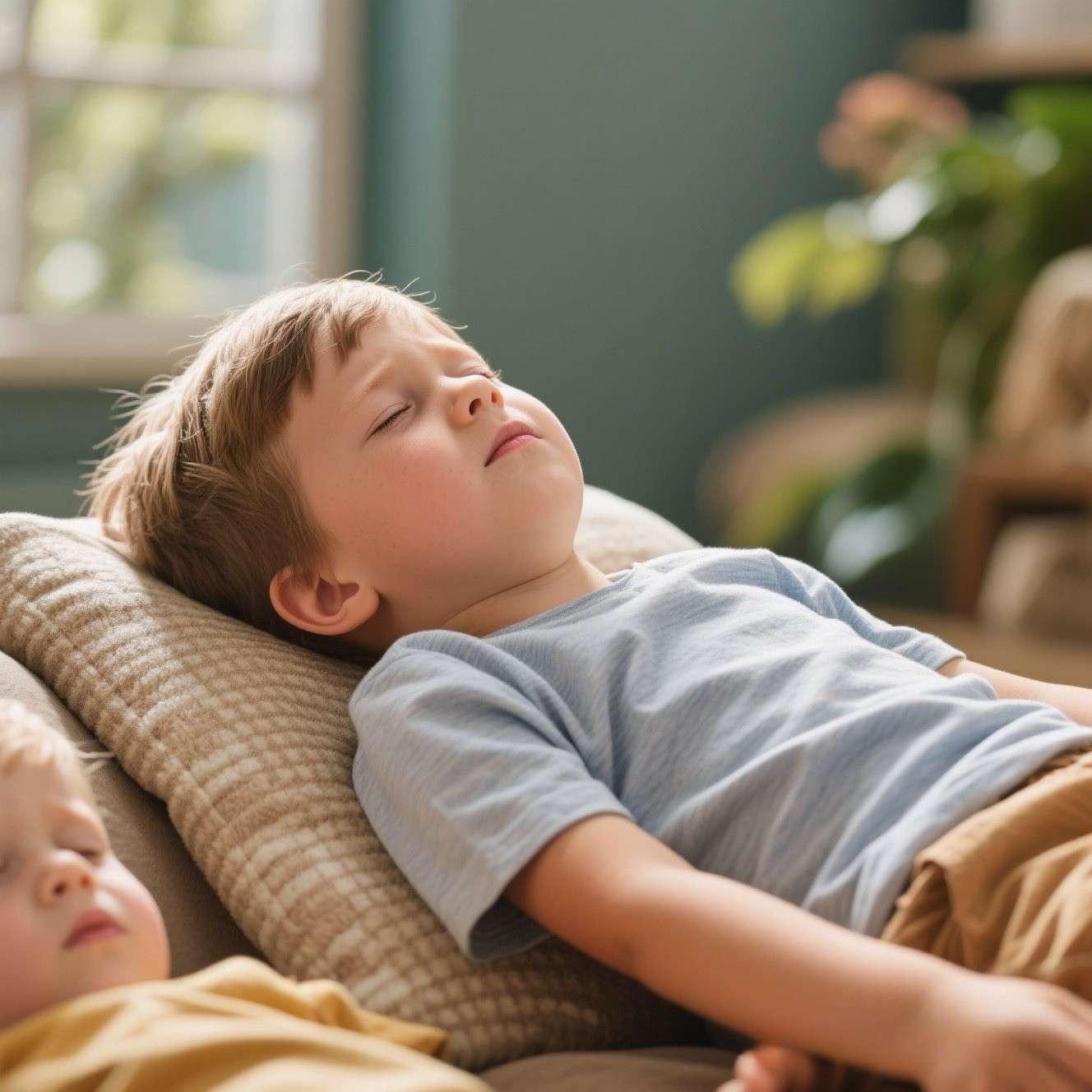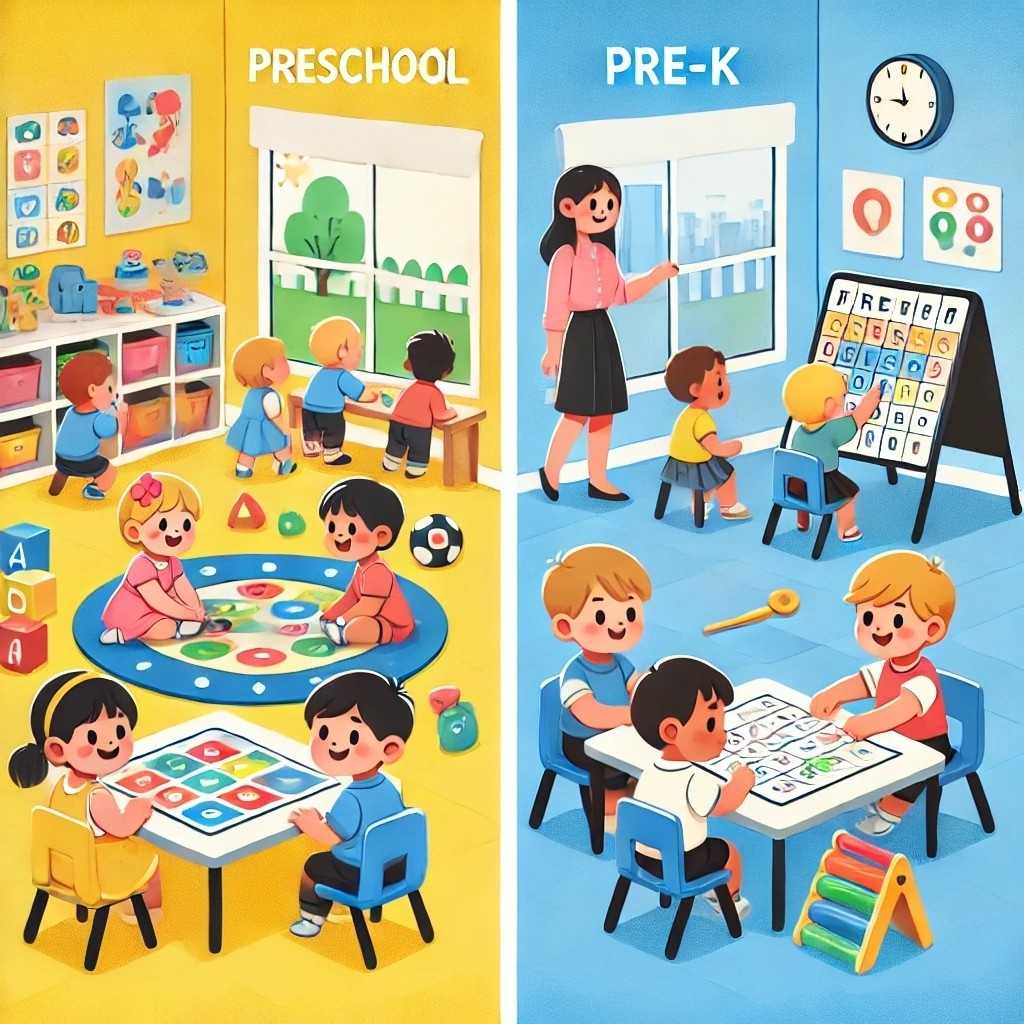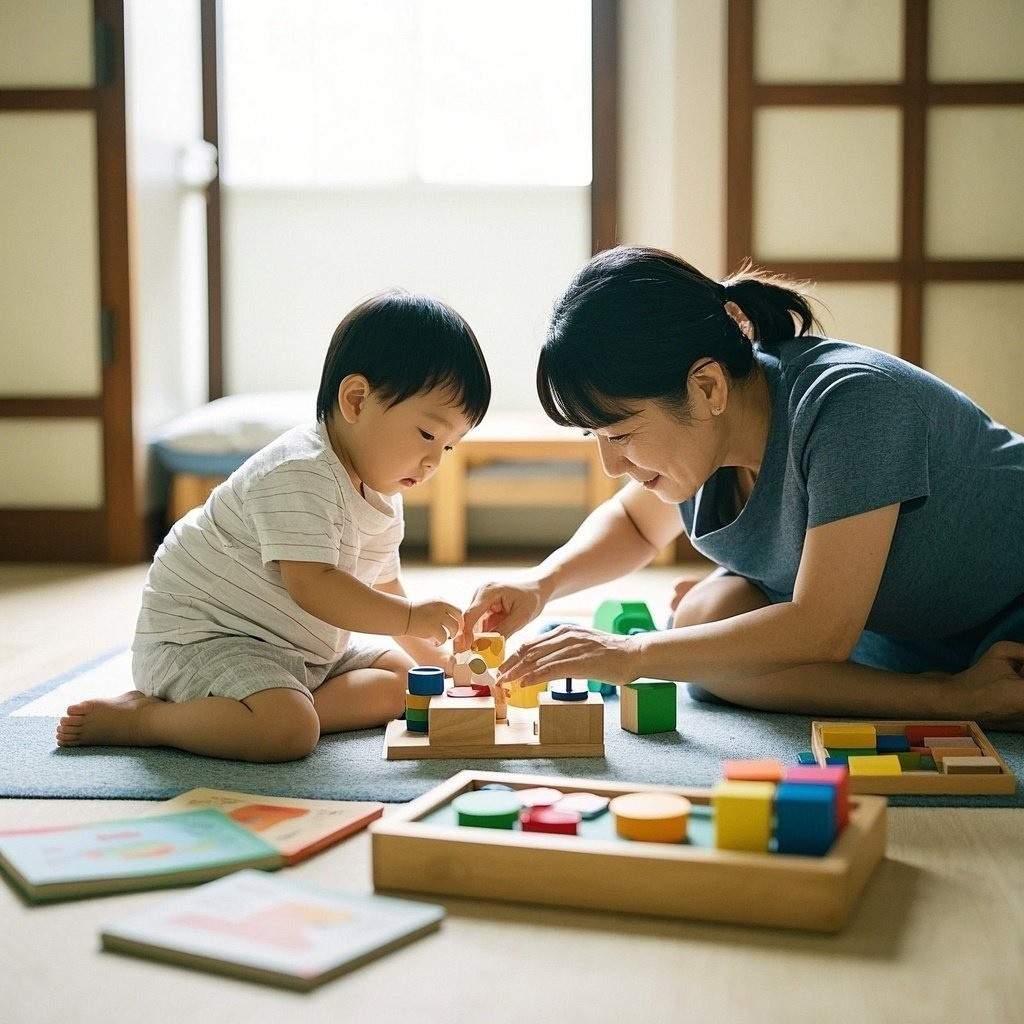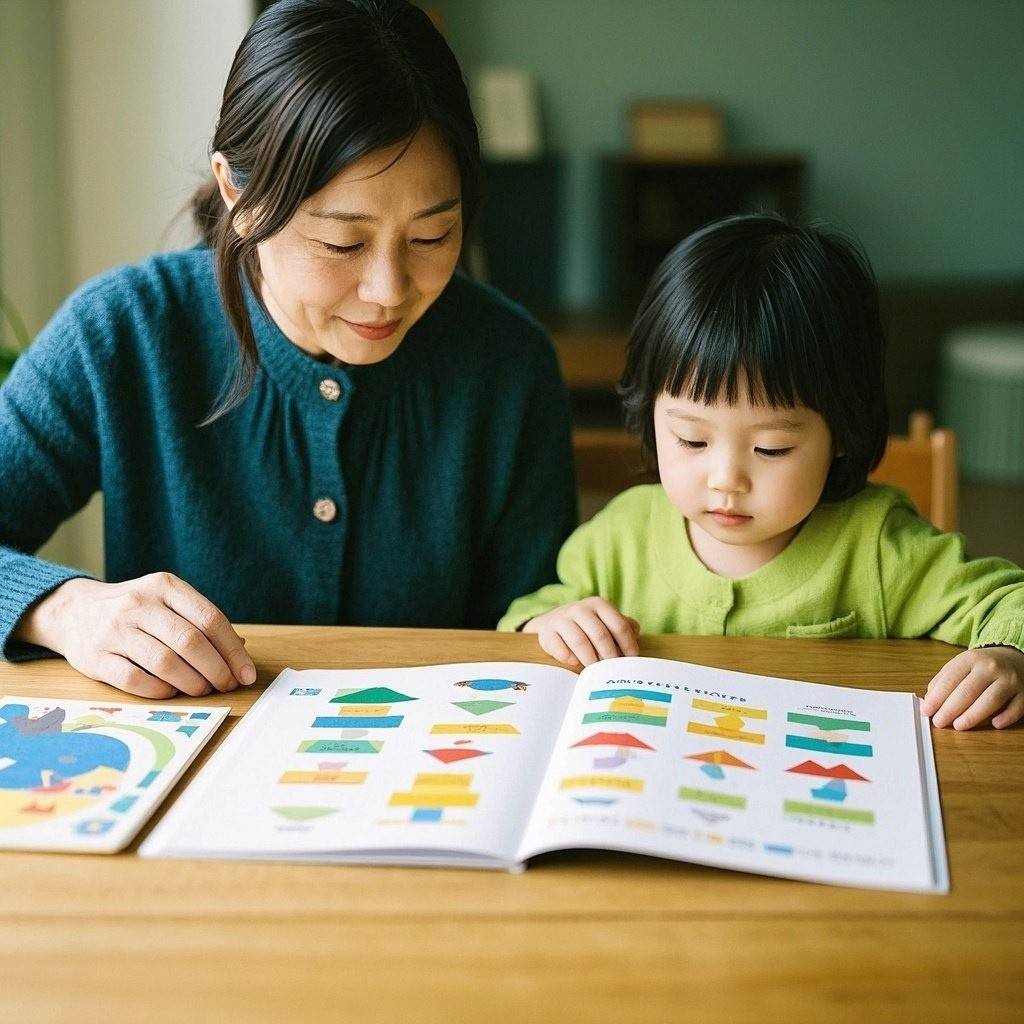5 Effective Sensory Regulation Activities to Calm Overstimulated Kids are more than quick fixes—they’re proactive pathways that help children regain a sense of safety, focus, and joy when sights, sounds, and textures feel overwhelming. Whether you’re a parent noticing your child “rev up” in a bustling grocery store or an educator trying to soothe a classroom crescendo, the right sensory-based strategies can transform chaos into calm. Below, you’ll find an in-depth guide—well over 1,000 words—explaining five evidence-informed practices. Each section includes the why, the how, and simple tweaks you can try today so you can build a personalized toolkit without relying on complicated jargon or expensive equipment.
1. Deep Pressure Activities

Deep pressure input works like a firm handshake for the nervous system—steady, predictable, and reassuring. When muscles and joints receive gentle compression, the body releases neurotransmitters such as serotonin and dopamine that naturally encourage relaxation and body awareness. Children who look fidgety, bump into furniture, or seek tight hugs often crave this proprioceptive feedback because it grounds them and quiets fight-or-flight responses.
How to implement
- Weighted items: Start with a small lap pad or a light weighted vest (roughly 5–10 percent of body weight). Let your child sit with the weight for 10–15 minutes while reading or drawing, gradually adjusting duration based on comfort.
- “Steamroller” game: Roll a large therapy ball gently over your child’s back and limbs while they lie on a soft carpet. Make it playful—ask them to name their favorite ice-cream flavors as the ball “flattens” each scoop.
- Compression sheets or blankets: These stretchy fabrics provide firm but gentle resistance during sleep, helping restless kids settle faster. Add a calming bedtime routine—dim lights, soft music, and lavender scent—to reinforce the association between pressure and relaxation.
Quick tips
- Always introduce new deep pressure methods slowly, asking your child to rate comfort on a “traffic-light” scale: green (good), yellow (maybe), red (stop).
- Pair pressure with rhythmic breathing—for example, squeeze a pillow on every exhale—to double the calming effect.
- Consult an occupational therapist if your child has underlying medical or sensory processing challenges; they can fine-tune weight limits and usage times.
2. Sensory Diet Planning
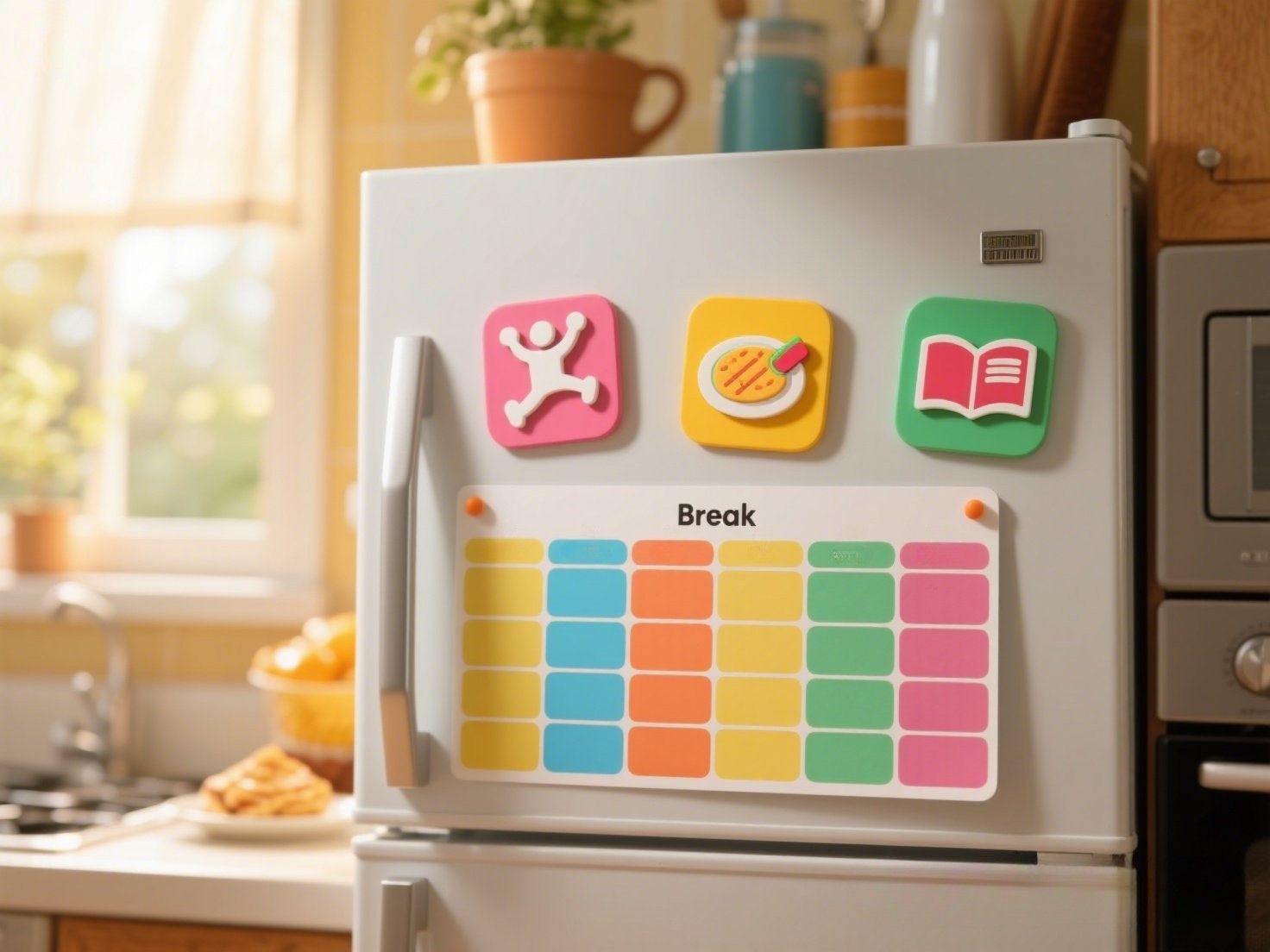
Just as balanced meals stabilize blood sugar, a well-timed sensory diet balances arousal levels across the day. A sensory diet is a curated schedule of activities—movement, tactile input, oral chewing, and calm breaks—matched to a child’s unique thresholds. The goal is to front-load or sprinkle sensory “snacks” before predictable stressors such as a noisy lunchroom or homework hour, preventing meltdowns instead of reacting to them.
Designing the diet
- Assess patterns: Keep a three-day log noting time, environment, behavior, and triggers. Look for peaks (e.g., 10 a.m. wiggles) and dips (after-school slump).
- Choose categories: Combine activating inputs (jumping jacks, trampoline bounces) with organizing inputs (deep squeezes, sucking thick smoothies) and calming inputs (dim lighting, soft music).
- Sequence wisely: Follow an energizing activity with a grounding task. For example, do ten wall pushes, then sit for a two-minute coloring break before math class.
Sample morning routine
| Time | Activity | Sensory Goal |
|---|---|---|
| 7:15 a.m. | Five-minute mini-trampoline bounce | Wake-up, vestibular input |
| 7:25 a.m. | Chewy granola bar + water bottle with straw | Oral proprioception |
| 7:35 a.m. | Wear backpack with two textbook “weights” while walking to car | Deep pressure |
| 7:55 a.m. | Two yoga poses at school desk | Calm entry, body awareness |
Keep it dynamic
Remember, sensory needs shift with growth spurts, sleep quality, and emotional events. Review the plan every two weeks, swapping activities that no longer hit the sweet spot. Encourage your child to rate each activity from 1 (didn’t help) to 5 (felt amazing) so they gain agency and insight into their own regulation.
3. Mindfulness and Breathing Exercises
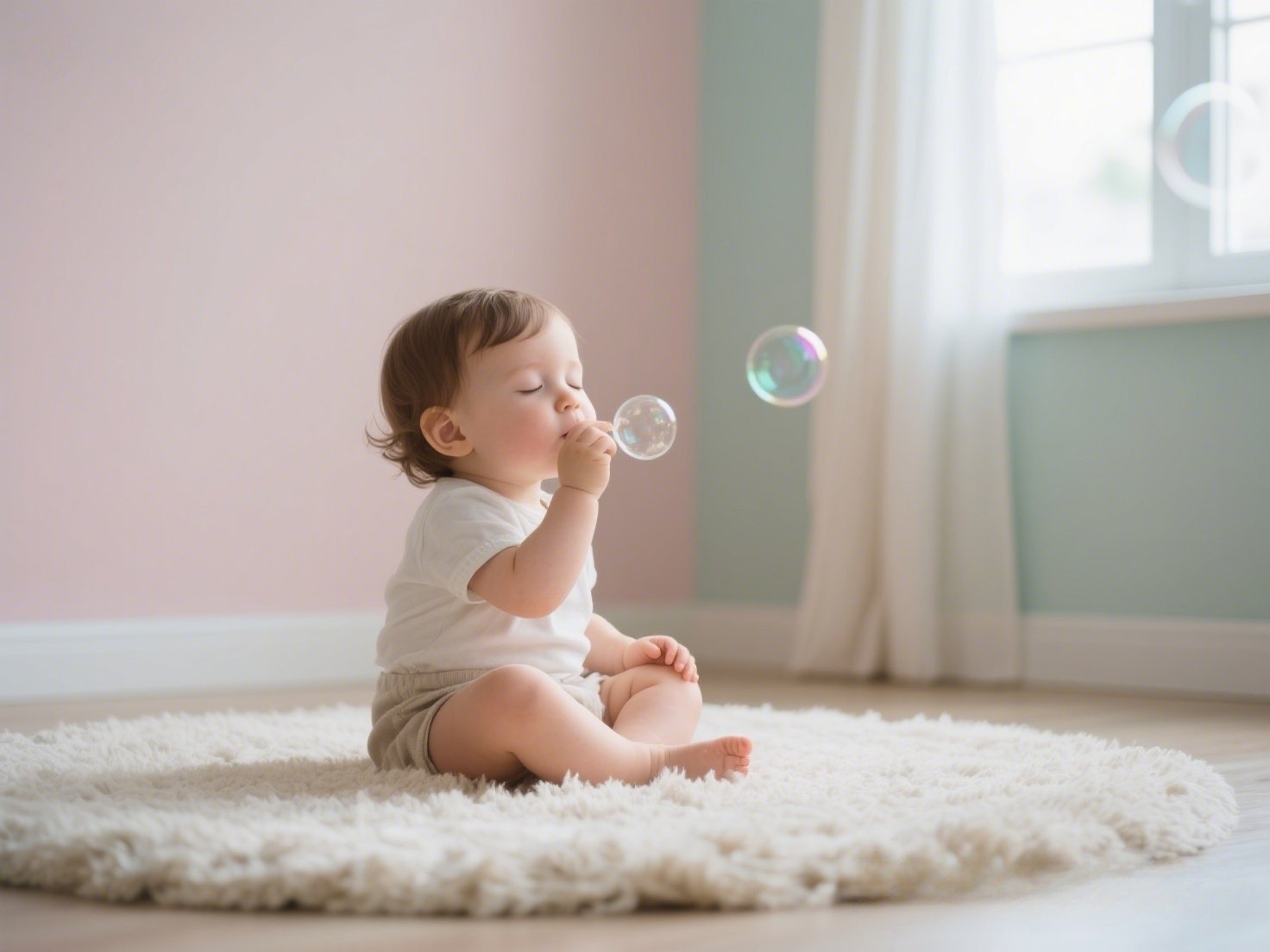
While movement and pressure calm the body, mindfulness tames the mind’s whirlwind of thoughts. Even very young children can learn simple breath-based techniques that flip the parasympathetic “rest and digest” switch, lower heart rate, and improve emotional labeling. Think of it as giving kids a remote control for their internal volume knob.
Three starter techniques
- Bubble Breathing: Inhale through the nose for a count of four, imagining lungs filling with bubble solution. Exhale slowly through pursed lips as if blowing the biggest bubble without popping it. The visual cue promotes elongated exhales, which deepen relaxation.
- Five-Finger Meditation: Have your child spread one hand wide. With the opposite index finger, trace up and down each finger, inhaling on the ascent and exhaling on the descent. By the fifth finger, most children feel noticeably steadier.
- “Color-Shape-Number” Scan: Ask, “Can you spot a green square? How about three circles?” This quick grounding game pulls attention away from internal overload and anchors it in the present environment.
Integration tips
- Pair breathing with a calm-down corner stocked with a beanbag chair, noise-canceling headphones, and picture cards that illustrate each technique step-by-step.
- Schedule two-minute mindfulness micro-breaks every hour during homework sessions to reset concentration.
- Model the practice yourself—when adults exhale slowly, children mirror the rhythm, reinforcing co-regulation.
4. Sensory-Friendly Environment Design
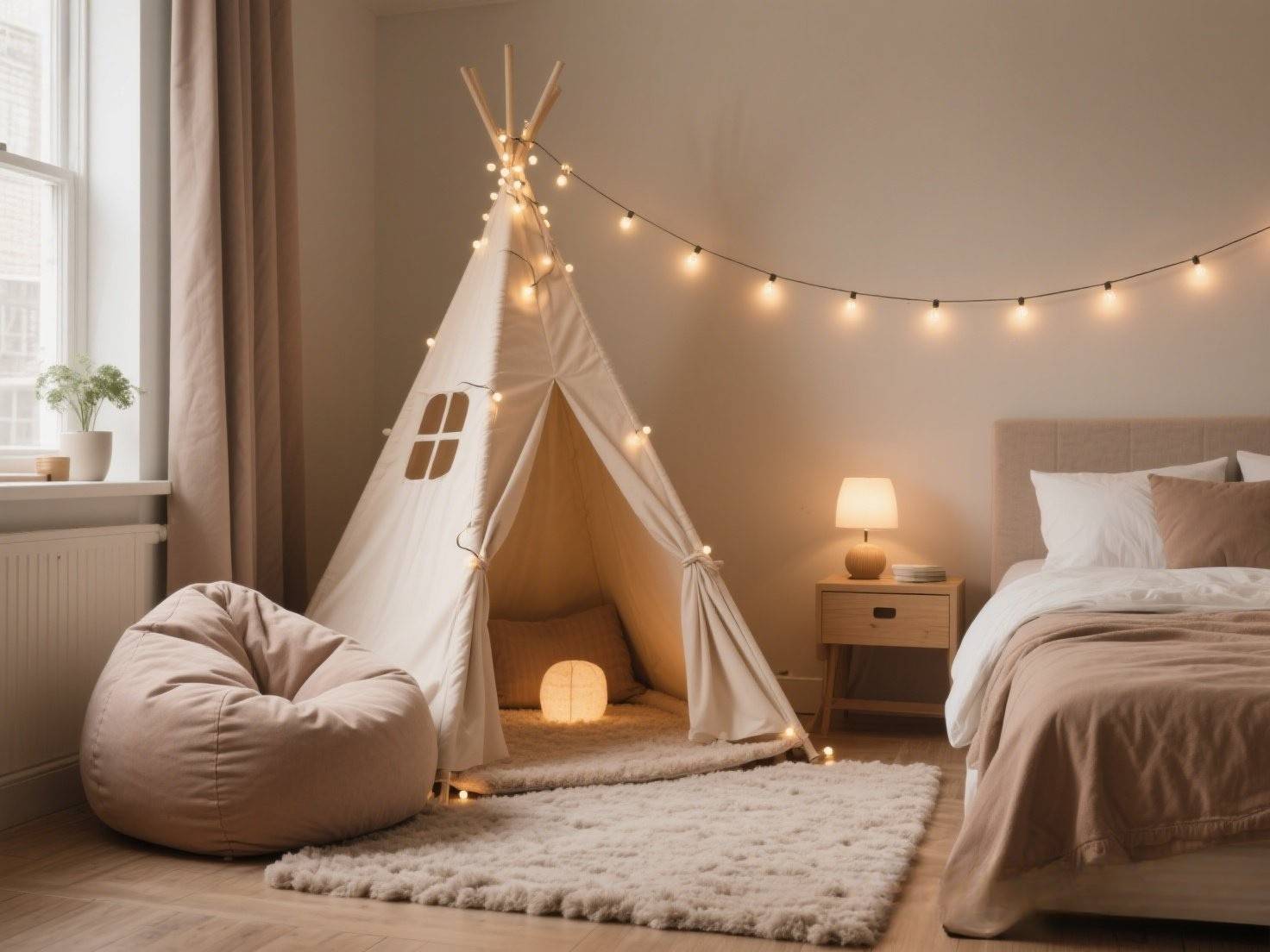
A thoughtfully arranged space can prevent overstimulation before it starts. Picture a dimly lit spa lobby compared with a bustling arcade—the difference is not merely décor but how your nervous system responds. Children, especially those with sensory processing disorders or autism, benefit from environments that filter excess input while offering purposeful “zones” for movement, focus, and rest.
Core design principles
- Lighting: Opt for warm, indirect lamps or flicker-free LED bulbs at 2,700–3,000 K. Avoid overhead fluorescents that hum and pulse. Fairy lights or lava lamps provide gentle visual interest without glare.
- Acoustics: Soft furnishings (rugs, curtains, beanbags) absorb echoes. White-noise machines or nature-sound playlists mask sudden clatter. Consider classroom “quiet pods” where kids can retreat during group projects.
- Clutter control: Arrange toys in labeled bins with visual icons—cars, blocks, art supplies—to help kids predict what they’ll touch next. Less visual chaos equals less cognitive load.
- Texture zones: Provide an “explore” shelf with tactile squares—faux fur, silicone nubs, smooth wood—so sensory seekers can satisfy cravings intentionally instead of stroking classmates’ hair or shredding paper.
DIY upgrades
- Swap scratchy tags on cushions or school chair covers with seamless, washable slipcovers.
- Use painter’s tape to mark “movement paths” on the floor; hopping from dot to dot channels energy in a controlled way.
- Hang blackout curtains in the bedroom to signal melatonin release and improve sleep quality, which in turn reduces next-day reactivity.
5. Visual Supports Implementation
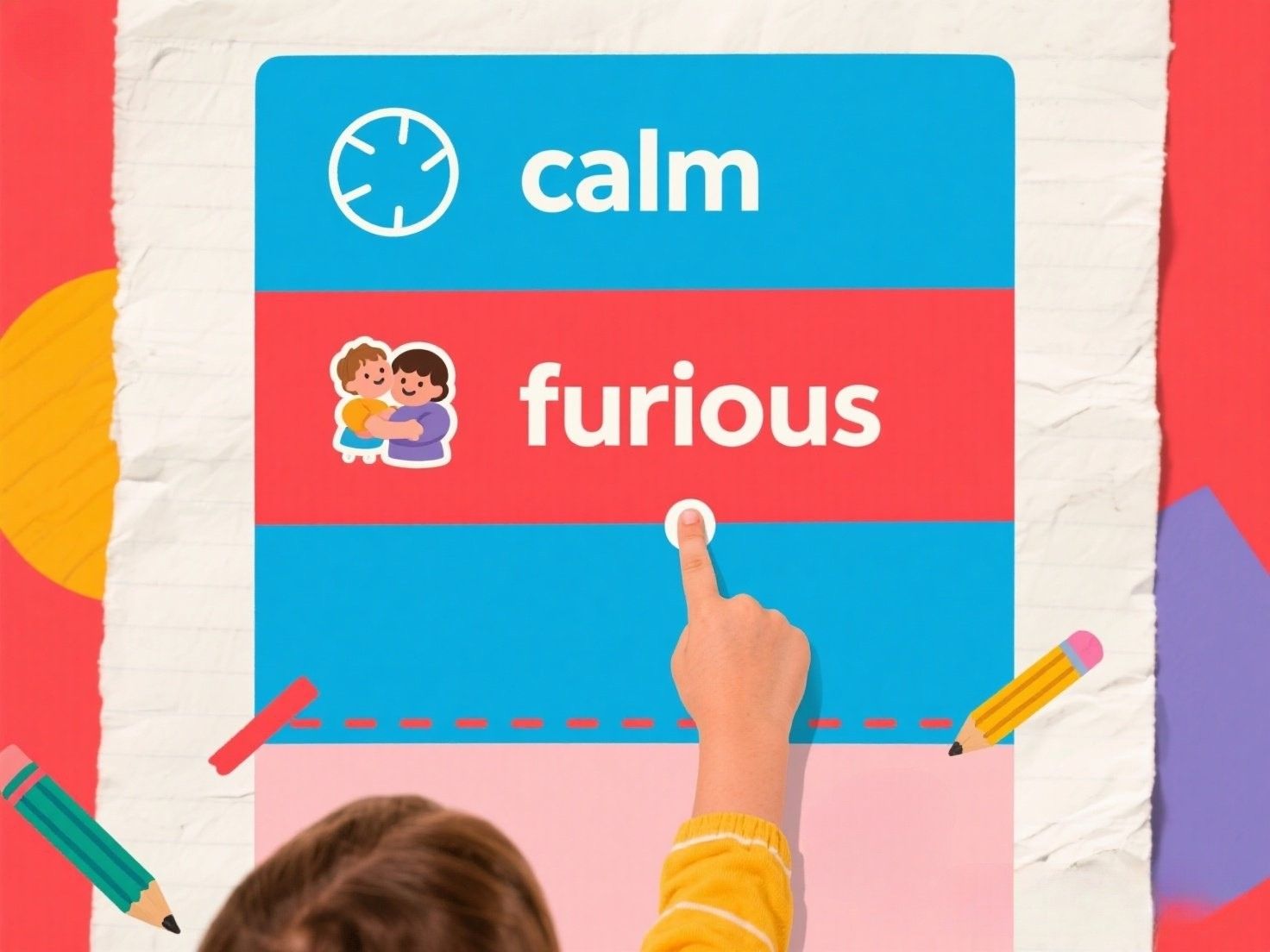
Visual supports act as traffic signs for the brain, converting abstract expectations into concrete, glanceable cues. When unpredictability fuels anxiety, picture schedules, first-then boards, and emotion thermometers create anchors children can trust. Research consistently shows that visual aids boost independence, cut transition time, and reduce challenging behaviors in both neurotypical and neurodivergent populations.
Essential tools
- Picture schedules: Start with morning routines—wake up, brush teeth, get dressed, breakfast—and move icons from “to do” to “done.” Laminated Velcro strips work wonders for little hands.
- First-Then boards: For tasks that lack intrinsic appeal, pair them with a preferred activity: “First math worksheet, then ten minutes of comic drawing.” Place icons side by side; no extra words needed.
- Emotion thermometer: A vertical strip labeled calm (blue) to furious (red) helps children pinpoint feelings. Attach coping strategy icons (squeeze ball, ask for hug) beside each zone so solutions are always visible.
Implementation guidelines
- Keep icons simple: Use clear, high-contrast images and consistent colors across all boards to reinforce recognition.
- Teach before you need it: Introduce the schedule during a calm moment, not in the heat of transition. Practice moving pieces together so your child feels ownership.
- Fade gradually: Once a routine becomes second nature, reduce the number of icons or switch to written checklists to promote age-appropriate independence.
Bringing It All Together
Calming an overstimulated child isn’t about one miracle hack; it’s the synergy of consistent deep pressure, a balanced sensory diet, mindful breathing, supportive environments, and clear visual cues. Think of these five elements as the pillars of a sensory “safety net” you weave over time. Start small—maybe a weighted lap pad at homework and a two-icon first-then board—and celebrate each micro-victory. As your child’s confidence grows, invite them into the planning process: “Which breathing game helped most today?” or “Do you want star lights or a lava lamp in the calm corner?”
By embracing a proactive approach rooted in understanding rather than control, you empower kids to recognize their own thresholds and choose strategies that work for them. The result is a household—or classroom—where meltdowns give way to meaningful moments of connection, and children learn to steer their nervous systems with the same assurance they one day will ride a bicycle: a little wobbly at first, then wonderfully free.

